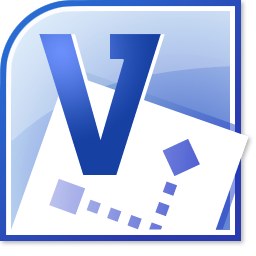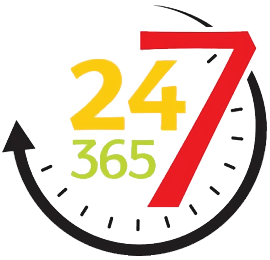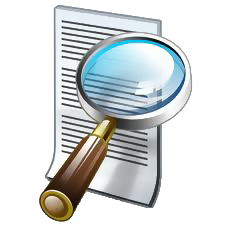 Merge is available for Mac OS X and Windows. One licence entitles you to use Merge on both platforms. Merge for Mac OS X is fully localized into English and Japanese. The Windows version offers a user interface and online help in English and Japanese .
Merge is available for Mac OS X and Windows. One licence entitles you to use Merge on both platforms. Merge for Mac OS X is fully localized into English and Japanese. The Windows version offers a user interface and online help in English and Japanese .
Instant Overview of File Comparison and Merging
Important file comparison/merging features are indicated in the image and accompanying explanatory text below.

- Only two-way comparison/merging is shown. The Professional Edition of Merge also supports three-way comparison and merging.
- The screenshot shows the ribbon user interface that is supported only on newer versions of Windows. Merge has a traditional menu/toolbar interface on older versions of Windows.

| 1. Folder comparison button on quick access toolbar Click this button to launch a folder comparison window. Folder comparison windows let you compare and synchronize entire folder hierarchies. Other buttons on this quick access toolbar enable text, binary and image comparisons to be launched with a single click. 2. Report button Click this button to create a report of the file comparison in HTML, HTML slideshow, XML or UNIX diff format. HTML reports are particularly useful for archiving and distribution. 3. Automatic merge to common ancestor button (Professional Edition only) Click this button to merge automatically non-conflicting changes from the left and right files into the centre common ancestor file of a three-way comparison. 4. Three-way comparison button(Professional Edition only) Click this button to change to a three-way file comparison view. 5. Tab strip The tab strip lets you switch quickly between different file comparisons if you have several open at once. 6. Read-only and file modified indicators The left icon Indicates that a file is read-only. Read-only files may only be edited if you have configured Merge to allow this. The right icon indicates that the file has been edited or modified since the comparison was first performed. Note that editing is disabled by default in read-only files, but can be enabled if desired. 7. Move the linking lines panel Drag the linking lines panel left or right from here to change the relative widths of the file comparison panes. Double click to re-centre. | 8. Removed block of text This block of text is present only in the left-hand file. The connecting lines show you exactly where the text would have to be inserted in the right file to make the two files identical. 9. Merging button Click a merging button to copy a block of text to the other file, replacing any corresponding block. Hold down Ctrl while clicking to insert instead of replacing. Hold Ctrl+Shift and click to delete a block of text. 10. Vertical scrollbar As you scroll one file, the other is automatically scrolled to keep matching parts of the two files visible. Hold down Ctrl while scrolling to prevent this and only scroll one file. 11. Bookmark You can set bookmarks in a file to help keep track of important locations as you are editing. Comments can be added to bookmarks, and are included when you save a comparison (perhaps for archiving or sharing with colleagues) and also in HTML comparison reports. 12. Omitted lines indicator By default, Merge shows all unchanged lines of text. However, it is possible to omit some of the unchanged text to avoid showing irrelevant information. 13. In-place editing You can edit either file directly in-place. The file comparison automatically updates as you make changes. 14. Overview strip This gives you an immediate idea of the extent of the differences between the files being compared. Each colour-coded mark on the strip represents a difference. You can click on the overview strip to jump directly to particular change. 15. Centre point marker Merge tries to keep matching parts of the files aligned with this centre point marker as you scroll vertically. | 16. Inserted block of text This block of text is present only in the right-hand file. The connecting lines show you exactly where the text would have to be inserted in the left file to make the two files identical. 17. Edit marker These show you whether a line has been edited or copied from another file. 18. Insertion point A thin vertical line indicates where within the line text has been inserted in the other file. 19. Context menu (not shown) Right-click either file panel to display a context menu containing shortcuts to useful commands. The Explorer context menu for the file is also available from this menu. 20. Block of changed text and in-line highlighting This block of text is different in the two files. The linking lines show the related block of text in the other file. You can change the font and colours used for blocks of changed text in theOptions dialog. Notice that only the changed text within the line is highlighted. This enables you to easily pinpoint inserts, removals or changes even in long lines of text. 21. Linking lines The linking lines connect corresponding parts of the files, showing exactly how they are related. 22. Previous/Next change buttons Use these buttons to jump quickly between each change in the files. 23. Status bar (including change summary) The status bar shows the character encoding of the currently selected file and a count of the changes between the files. |



















